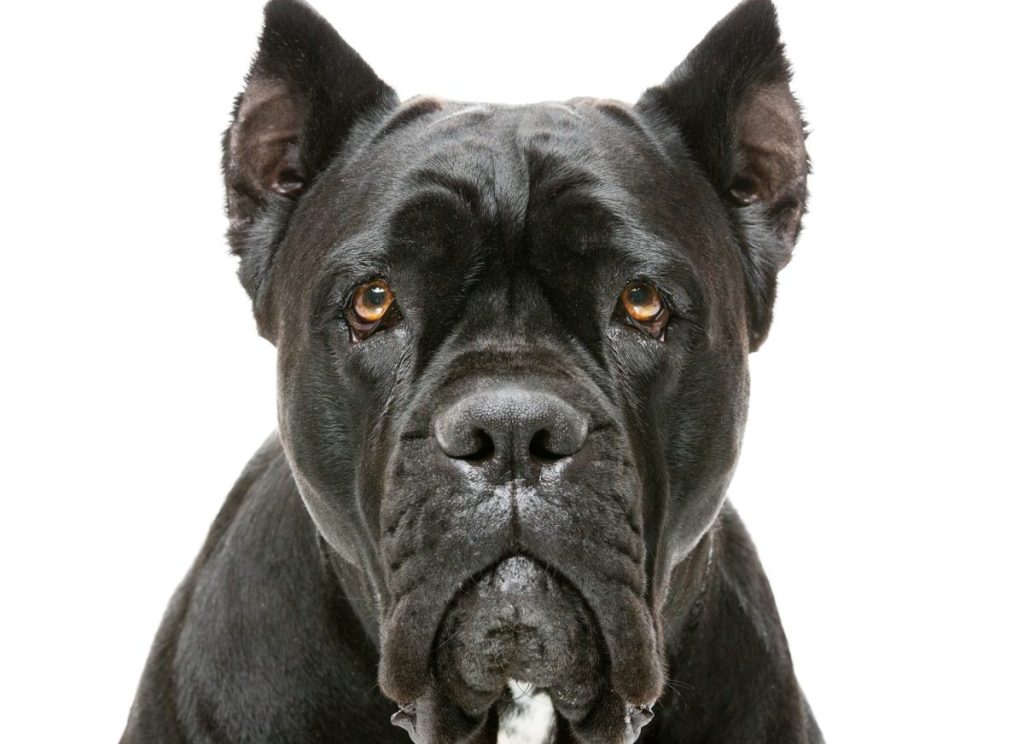The Cane Corso, also known as the Italian Mastiff, is a large working dog originally bred as guardians of farms and livestock. These powerful dogs possess a loyal and protective nature. However, their imposing stature and past association with dog fighting have unfortunately led to misconceptions about their temperament.
In reality, a Cane Corso dog can form strong bonds with their families. While they may be…
